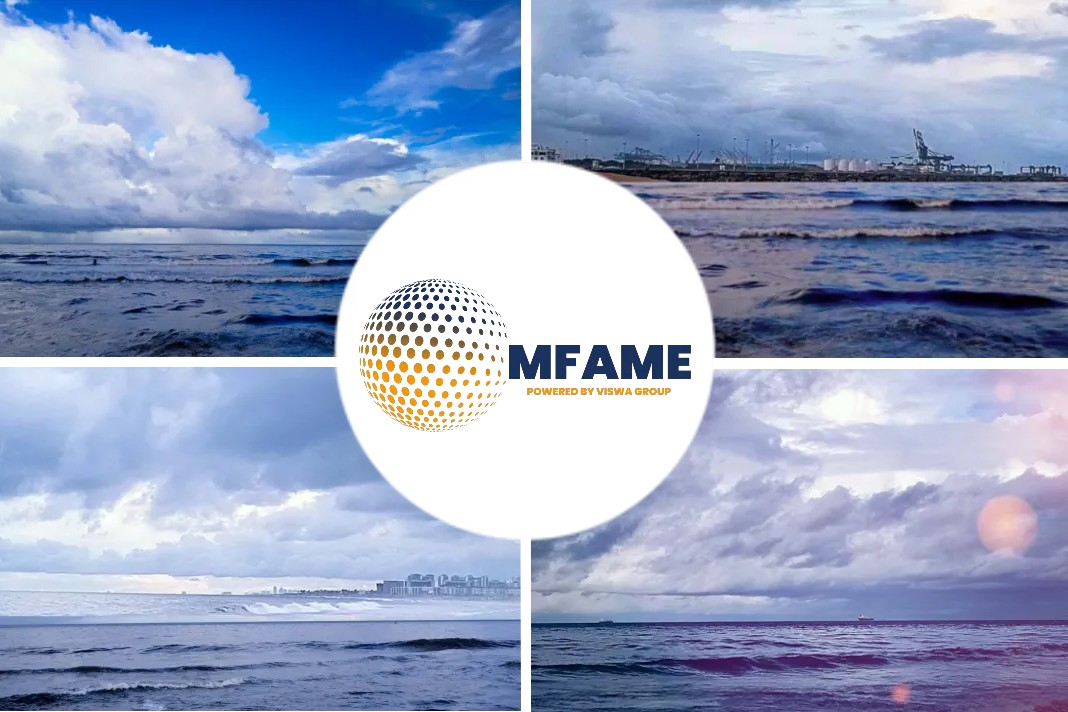
While demand on the key east-west trade lanes is still sluggish, Maersk is leading the pack in stockpiling excess tonnage. Yet, the carrier may be vulnerable to competitors’ aggressive attempts to take market share, as reported by The Loadstar.
New services and routes
Maersk topped the list of ocean carriers for idle tonnage, according to an Alphaliner assessment, with 29 ships totalling 281,400 teu in lay-up, including 17 vessels larger than 7,500 teu.
Following Maersk is it’s 2M partner, MSC, which has 13 idle ships with a combined capacity of 119,000 teu, seven of which are larger than 7,500 teu. It’s interesting to note that the 24,346 teu MSC Irina, the largest containership ever delivered and currently being integrated into the 2M’s AE10/Jade Asia-North Europe loop, is included in the list of idle tonnage.
Moreover, MSC has tried to transfer more of its excess tonnage to new services or other routes whereas Maersk has chosen to idle ships, including new builds.
Network suspension
The consultant’s analysis suggests that Maersk’s alliance carrier competitors are less likely to put ships in storage, preferring to scrap them for market share and wait out the slump.
Only the 2M alliance has so far formally discontinued a service—the AE1/Shogun loop—on the Asia-North Europe tradeline. Although they have not yet made any network suspension announcements, THE Alliance and Ocean Alliance continue to provide services on the route.
Hapag-Lloyd told The Loadstar last week that as part of capacity management, THEA members would keep routing some Asia-North Europe backhaul voyages through the Cape of Good Hope, “as long as it makes sense from an economic perspective and does not impact the phase-in of the new THEA product.”
New secondary markets
As concerns about a worldwide recession start to fade, containership owners, in contrast to liner operators, are not having any trouble finding new secondary markets for their vessels.
The idle boxship fleet, which makes about 6% of the global cellular fleet and declined by 37 units over the past two weeks to reach 300 ships with a capacity of 1,565,624 teu, has seen its first decline of the year, according to Alphaliner.
Only three ships are currently available for charter globally, down from 20 at the beginning of February, according to Alphaliner. This is due to the persistent demand for tonnage, which has forced practically all NOO (non-operating containership owner) spot vessels to find new work.
Very extraordinary charters
Ten 4,300 teu panamax ships that were open in Asia and had obtained fresh charters were among the new fixtures, which the consultant called “very extraordinary.”
Daily hiring charter rates have firmed up as a result of the increasing activity, but in some cases, the more energy-efficient ships are also beginning to command premiums.
London-based shipbroker Braemar reported “a busy week,” with “more than 20 confirmed fixtures, ranging from 700 teu feeder boats to 10,000 teu post-Panamax types,” confirming a rebound in the containership charter market.
Did you subscribe to our newsletter?
It’s free! Click here to subscribe!
Source: The Loadstar





















